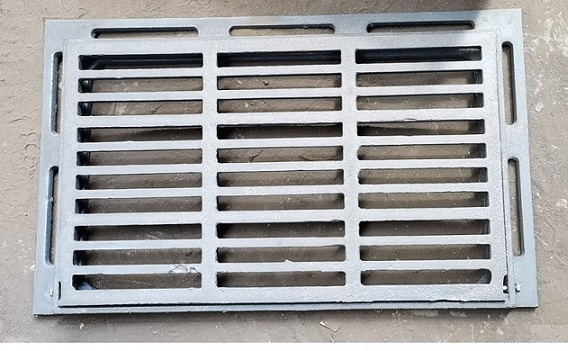In 2011, the security industry experienced significant growth, with the video surveillance sector expanding at a remarkable 23% rate, surpassing the GDP growth by almost double. This rapid expansion highlighted the growing importance of the industry and the swift pace of technological advancements. At the 2011 Shenzhen International Fair, the influx of innovative technologies and concepts left attendees dazzled with a flood of exciting possibilities. While terms like "high-definition," "networking," "smart," "standardization," and "security" were familiar, others such as "960H," "2M+," "HD-SDI," and "cloud computing" were less known. Amidst this flurry of innovation, choosing the right products that align with a hospital's specific application environment remains a pressing concern.
The evolution of hospital security systems showcases a typical multigenerational industry. Analog systems from the 1980s, symbolized by audio-video matrices, still find limited use in hospitals. Later, modular systems represented by video encoders continue to hold substantial ground, particularly in smaller facilities. Meanwhile, the newer digital surveillance systems, featuring network cameras and management platforms, are rapidly gaining traction.
If hospital security systems five years ago were predominantly analog, new setups today are fully digital and progressing toward intelligence. Each technical path offers distinct benefits and drawbacks. Analog systems remain straightforward to install, cost-effective, and easy to operate, yet they struggle to handle the complex demands of large-scale hospital networks. Digital systems address these challenges, providing enhanced management capabilities and expanded functionality. However, their openness and compatibility require further refinement. Among the numerous innovations, we’ve analyzed several key technologies.
High Definition (HD) has been a prominent focus within the video industry. Many regional medical standards now explicitly mandate HD systems. HD implementation can take two forms: Digital HD Cameras (HD-SDI), which rely on the HDCCTV Alliance's protocol, offering crisp images without latency and utilizing the BNC interface. These systems mirror traditional modular setups but require separate display and storage infrastructure, limiting openness and scalability. Alternatively, Network High-Definition Video Cameras (IPCs) follow HDTV standards, using video encoding and network packaging to deliver high-definition imagery at resolutions like 720P, 1080I, and 1080P. They transmit via IP interfaces, facilitating simpler deployment, unified management, and cost-effective scaling. Leading manufacturers favor IPCs as their primary development direction. For hospitals, prioritizing centralized management and integration with linked systems is crucial, with feature-rich IP network cameras often preferred.
Building high-definition systems involves more than just upgrading cameras. Every component—transmission, storage, decoding, and display—must adhere to HD standards. Failure in any part creates bottlenecks, degrading overall system performance.
Networking is another critical aspect. The foundation of networked monitoring lies in information sharing and centralized management. As hospitals' information systems evolve, the need for unified management across multiple, fragmented systems becomes apparent. Networking isn't merely connecting disparate systems but establishing a cohesive management platform based on standardized protocols. Key standards include ONVIF and GB/T28181.
ONVIF, initiated by Axis, Bosch, and Sony, specifies connections between network cameras and management platforms. Over 80% of global IP surveillance products comply with this standard. GB/T28181, developed by China’s Ministry of Commerce, focuses on interoperability between surveillance platforms.
Over the last decade, hospital security has transitioned from standalone subsystems to comprehensive integrated platforms. Traditional setups, involving perimeter alarms, access controls, video surveillance, and intercoms, lacked synergy. Modern intelligent systems integrate these components, enabling coordinated responses to incidents.
For hospitals, adopting cutting-edge technologies like HD, networking, and intelligent platforms is essential. These advancements enhance usability, scalability, and reliability. Despite the variety of options, the core objective remains consistent: proactive prevention, timely response, and thorough post-event review. Systems like SPS (Security Protection System) combine intrusion alarms, video monitoring, and access controls into cohesive solutions, ensuring comprehensive safety measures.
Rectangle Ductile gratings are made of ductile iron; we make cast iron gratings on BS EN124 2015. The products are A15, B125, C250 and D400, They are used in Green belt, Pavement, Auxiliary road, Main road and Express way. We make Ductile Gratings all by producing line, the quality cast iron gratings is very good, and we warmly welcome customers all over the world to do business with us.

Gratings, Ductile Gratings, Ductile iron gratings, cast iron gratings
Runchun Casting (Zhoushan) Co., Ltd. , https://www.en124casting.com